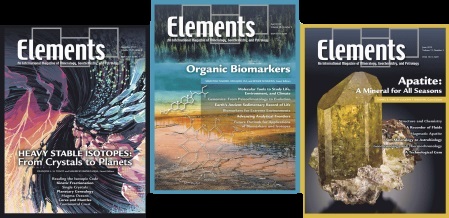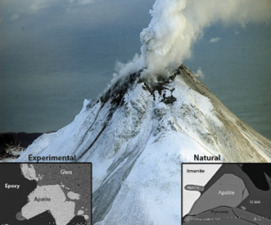Magmatic Apatite: A Powerful, Yet Deceptive, Mineral
Apatite may be a minor constituent in magmatic rocks but it is a powerful research tool because it is ubiquitous and it incorporates magmatic water, halogens, S, C, and trace elements including Sr, U, Th, and the rare earth elements. Recent advances in experimental and analytical methodologies allow geologists to analyze apatite textures and compositions in great detail. This information improves understanding of the behavior of volatiles and trace elements both in terrestrial igneous melts and their related fluids and in extraterrestrial bodies, such as the Moon and Mars. With more research, the petrological power of apatite can only increase with respect to understanding eruptive, pluton-building, and mineralizing magmatic systems.
Magmatic Apatite: A Powerful, Yet Deceptive, Mineral Read More »



